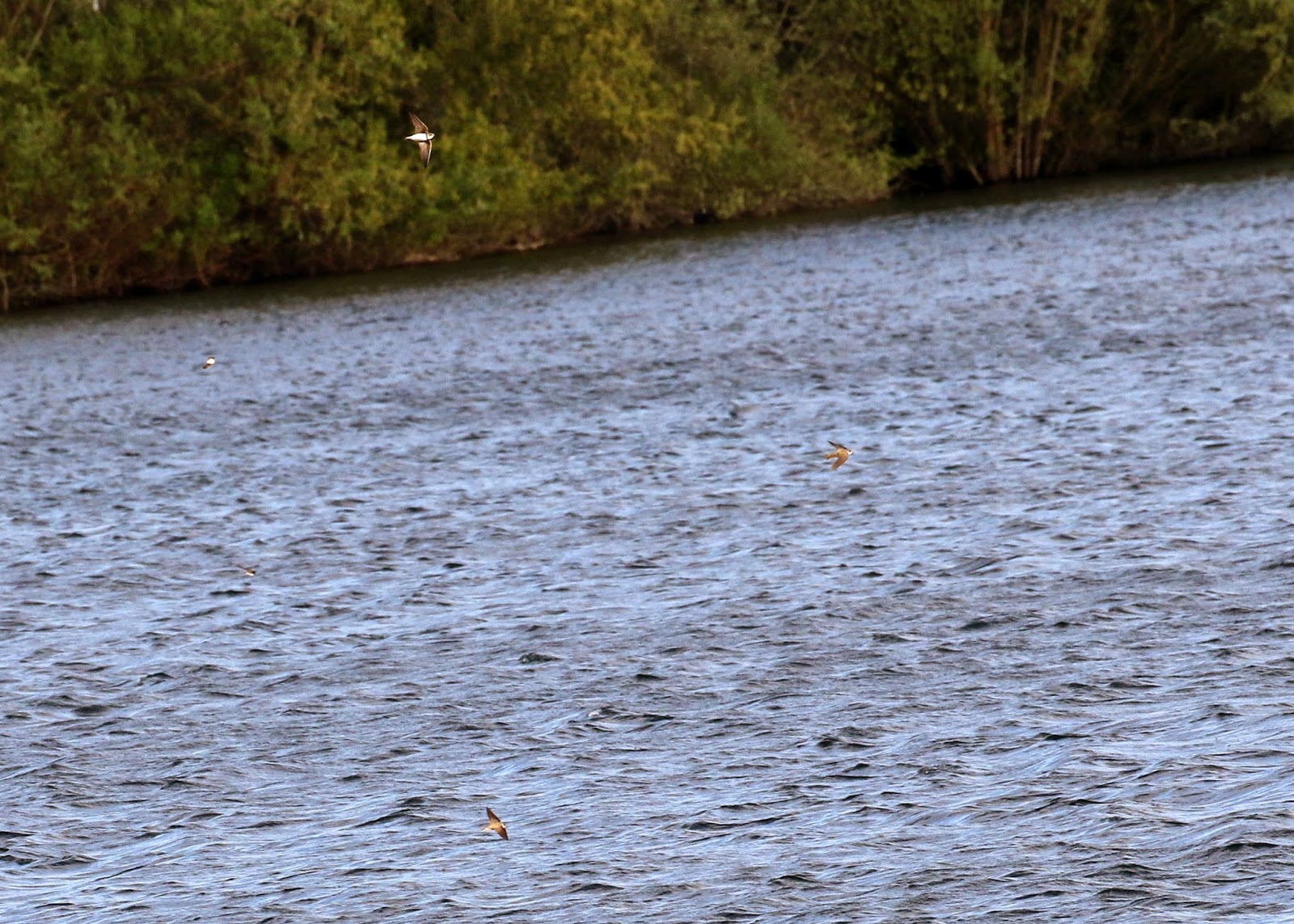The Smooth Sowthistle, Sonchus oleraceus, is a plant that I commonly see, but am often unsure of! It is an erect annual, rarely biennial, that may often reach one and a half metres high. It is very common throughout the British Isles, on wasteland, arable, and wood edges. It may be commoner than spiny in coastal districts, less so at higher altitude.
It may be eaten as a rather tough salad leaf, rather bland, or possibly cooked like spinach.
A fairly good character is the hairless nature of the mature leaves, which are a dull (not very shiny) grey-green, and lightly toothed - but clearly lacking the crisped double-toothed spininess of Sonchus asper.
The stem is smooth, and there are no masses of glandular black (spiny) or yellow (perennial) hairs on the capitula, although a few scattered hairs might be present. However, there may be some woolly hairy patches just below the capitula - referred to in Stace as the phyllaries perhaps? Like all the sowthistles, the stems are hollow and release latex when bruised or cut.
The leaves may be slightly hairy, but only when young. The leaf tips are shaped generally like triangular arrow heads. The leaf bases are pressed around the stem on each side, and the basal tips reflexed so that the pointed tips then point outwards, as seen in this helpful photo from the University of Texas.
The leaves are very variable in shape but often the basal lobes of the leaf (ending in the auricles?) are relatively large, as in this photo from the University of Graz.
The uppermost younger leaves may well be rather simple toothed rounded-triangular in shape, as in this photo from Visoflora.
The very lowest leaves may have a long petiolate base.
The flowers are generally pale yellow a little like the marsh sowthistle, (perennial = deep yellow, spiny = deep golden yellow), and produced from June until October. In the West of Scotland however they may be a darker yellow in colour, like the other species.
The capitula should be about 20-25 mm across, 10 - 15 mm high, often "sowthistle" urn-shaped when closed. The achenes should be yellow and transversely wrinkled (rugose), although I cannot actually see this in the photos on the web.
It may be eaten as a rather tough salad leaf, rather bland, or possibly cooked like spinach.
A fairly good character is the hairless nature of the mature leaves, which are a dull (not very shiny) grey-green, and lightly toothed - but clearly lacking the crisped double-toothed spininess of Sonchus asper.
The stem is smooth, and there are no masses of glandular black (spiny) or yellow (perennial) hairs on the capitula, although a few scattered hairs might be present. However, there may be some woolly hairy patches just below the capitula - referred to in Stace as the phyllaries perhaps? Like all the sowthistles, the stems are hollow and release latex when bruised or cut.
The leaves may be slightly hairy, but only when young. The leaf tips are shaped generally like triangular arrow heads. The leaf bases are pressed around the stem on each side, and the basal tips reflexed so that the pointed tips then point outwards, as seen in this helpful photo from the University of Texas.
The leaves are very variable in shape but often the basal lobes of the leaf (ending in the auricles?) are relatively large, as in this photo from the University of Graz.
The uppermost younger leaves may well be rather simple toothed rounded-triangular in shape, as in this photo from Visoflora.
The very lowest leaves may have a long petiolate base.
The flowers are generally pale yellow a little like the marsh sowthistle, (perennial = deep yellow, spiny = deep golden yellow), and produced from June until October. In the West of Scotland however they may be a darker yellow in colour, like the other species.
The capitula should be about 20-25 mm across, 10 - 15 mm high, often "sowthistle" urn-shaped when closed. The achenes should be yellow and transversely wrinkled (rugose), although I cannot actually see this in the photos on the web.


















































